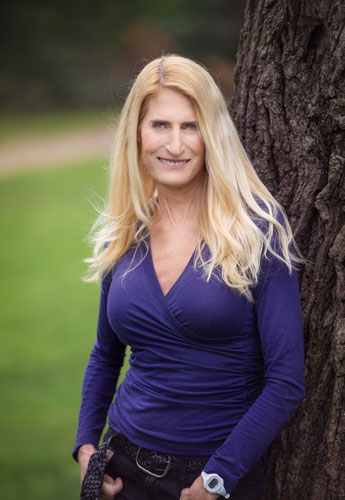
Lisa, founder of Lisa’s Counter Culture, is passionate about “real food” and loves being able to share her recipes and techniques for creating nourishing and traditional food. She is especially interested and skilled in fermentation and can go on for hours on all the crazy and fun things you can do with ferments while supporting your health and wellness.
Through continued study and nutrition research since 2001, she has found her home in the plant-centered world. Her main tenet is “be mindful and eat real food”.
Lisa is a Certified Functional Diagnostic Nutrition (FDN) Practitioner and certified in Applied Clinical Nutrition. As a functional nutrition lifestyle coach, she uses non-invasive functional laboratory tests along with a comprehensive intake and your personal health story to educate you on how to take charge of your health using natural solutions to heal the underlying malfunctions and underlying conditions at the root of most common health complaints. You can reach Lisa through email.
My journey has been an interestingly crazy and challenging exploration—one that continues to unfold.
First, let me address an important point. I am not a doctor, and I don’t give medical advice. So who am I?
I am a concerned mother, wife, health practitioner and fellow human being who cares deeply about nutrition and our environment. I want real food that is nourishing for me, my family and the world overall. I want to feel confident that I am contributing to life-friendly practices that impact our ecosystems.
I’ve also realized that health is not just about food. It is also about functional wellness with important foundations in lifestyle, genetics, everyday choices/reactions and joy. Everyone is so different and our needs continue to change and evolve. I find this fascinating and relish helping people figure out what works best for them.
My definition of real food eating is a bit more flexible than some others. I believe in eating whole, unprocessed foods with appropriate amounts of starches, protein, and some fats as tolerated by the individual. I don’t find one prescribed diet to be the perfect diet for everyone. Food plans have to be flexible to suit each person individually, and it may need adjustment over time as your body’s nutrient requirements shift.
If you are happy and healthy with your diet, then I am fully supportive of what is working for you. My goal is to help you find a dietary eating plan that is easy, sustainable and reasonable for your lifestyle.
